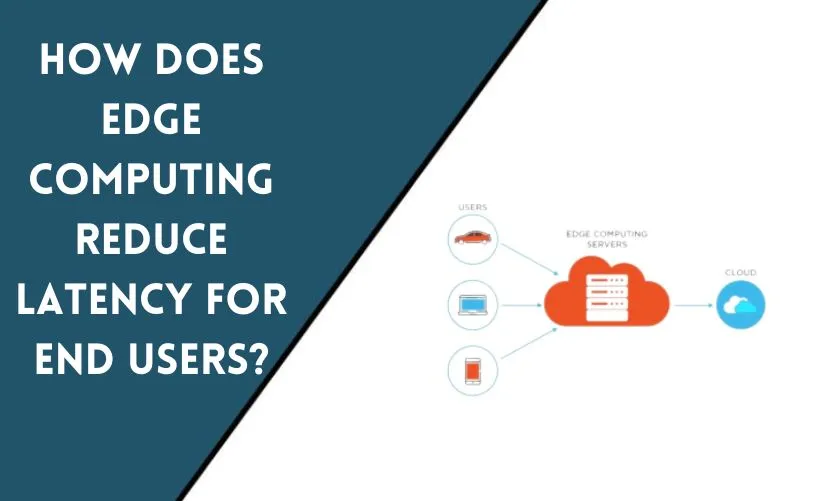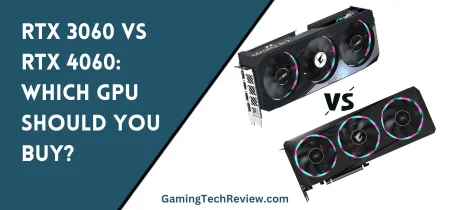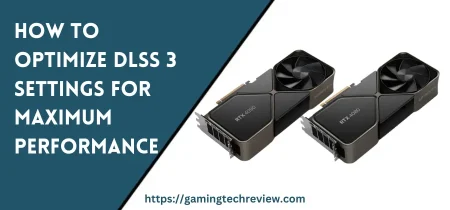
In today’s fast-paced digital world, the need for speed and instant gratification has become an essential element of user experience. End users expect real-time access to information and data, which has led to the development of edge computing. Edge computing is an emerging technology that brings data storage and computation closer to the end-user, reducing latency and improving response times. In this article, we will explore how edge computing reduces latency for end-users and how it is transforming the digital landscape.
What is Edge Computing?
Edge computing is a distributed computing paradigm that brings data storage and computation closer to the end-user by placing servers and computing resources at the network edge rather than in a central location such as a data center. Edge computing enables data processing, storage, and analytics to be performed closer to the source of the data, reducing the distance data needs to travel and therefore reducing latency. Edge computing devices can include routers, switches, gateways, and other IoT devices.
The Problem with Centralized Computing
Centralized computing has been the traditional model for data processing and storage, where data is collected from various sources and processed in a central data center. The problem with centralized computing is that the distance data has to travel between the end-user and the data center can cause significant latency. Latency is the time delay between a user’s request for data and the response time. This delay can impact the user experience and hinder the ability to provide real-time data and insights.
How Edge Computing Reduces Latency
Edge computing brings the data processing and storage closer to the end-user, reducing the distance data has to travel and therefore reducing latency. By processing data locally, edge computing reduces the need to send data to a central data center, which can take time due to the distance involved. With edge computing, data is processed and stored locally, reducing the latency to milliseconds, improving response times and enabling real-time data processing.
Benefits of Edge Computing
Edge computing has several benefits that make it an essential technology for modern-day computing, including:
Reduced Latency
By bringing data processing and storage closer to the end-user, edge computing significantly reduces latency, which improves the overall user experience.
Improved Reliability
Edge computing makes systems more resilient by distributing the workload across multiple devices, reducing the risk of a single point of failure.
Cost-Effective
Edge computing reduces the cost of data processing and storage by reducing the need for expensive data centers and high-speed networks.
Real-Time Insights
Edge computing provides real-time insights, enabling businesses to make data-driven decisions faster and more efficiently.
Use Cases for Edge Computing
Edge computing has several use cases across various industries, including:
Healthcare
In healthcare, edge computing can be used to collect and process patient data in real-time, enabling doctors to make informed decisions faster.
Retail
In the retail industry, edge computing can be used to analyze customer data in real-time, enabling retailers to personalize the customer experience and improve sales.
Smart Cities
In smart cities, edge computing can be used to process data from sensors in real-time, enabling city planners to optimize traffic flow and improve public services.
Challenges of Edge Computing
While edge computing has several benefits, it also comes with several challenges, including:
Security
Edge computing involves processing data locally, which can increase the risk of data breaches and cyber-attacks.
Scalability
Edge computing requires a distributed network of devices, which can be challenging to scale effectively.
Interoperability
Edge computing devices may not be interoperable, leading to compatibility issues.
Conclusion
Edge computing is an emerging technology that is transforming the way data is processed and stored. By bringing data processing and storage closer to the end-user, edge computing significantly reduces latency. By reducing latency, edge computing improves the overall user experience and enables real-time data processing. This technology has several benefits, including improved reliability, cost-effectiveness, and real-time insights. Edge computing also has several use cases across various industries, including healthcare, retail, and smart cities. However, edge computing comes with several challenges, including security, scalability, and interoperability.
Despite the challenges, edge computing has the potential to transform the digital landscape and provide significant benefits to end-users. As this technology continues to evolve, it is essential to address the challenges and ensure that edge computing devices are secure, scalable, and interoperable.
Frequently Asked Questions
What is edge computing, and how does it work?
Edge computing is a distributed computing paradigm that brings data processing and storage closer to the end-user by placing servers and computing resources at the network edge. Edge computing reduces latency by processing data locally, reducing the need to send data to a central data center.
What are the benefits of edge computing?
Edge computing has several benefits, including reduced latency, improved reliability, cost-effectiveness, and real-time insights. Edge computing also has several use cases across various industries, including healthcare, retail, and smart cities.
What are the challenges of edge computing?
The challenges of edge computing include security, scalability, and interoperability. Edge computing involves processing data locally, which can increase the risk of data breaches and cyber-attacks. Edge computing also requires a distributed network of devices, which can be challenging to scale effectively.
How is edge computing transforming the digital landscape?
Edge computing is transforming the digital landscape by providing real-time insights and improving decision-making. With its potential to reduce latency and improve the user experience, edge computing is becoming an essential technology for modern-day computing.
What is the future of edge computing?
The future of edge computing is bright, with the potential to transform various industries and provide significant benefits to end-users. As this technology continues to evolve, it is essential to address the challenges and ensure that edge computing devices are secure, scalable, and interoperable.










